Scientist-led conferences at Harvard, Stanford and MIT
-

Virtual visits, digital second opinions, remote urgent care at NYC hospital system
NYP OnDemand is the system-wide telemedicine platform of NY Presbyterian Hospital, Columbia Doctors and Weill Cornell Medicine. It includes virtual visits, digital second opinions, remote access to urgent care (for non life-threatening issues), and the ability for doctors to collaborate on patient cases. Faster care and less crowded hospitals can of course improve the quality of life…
-
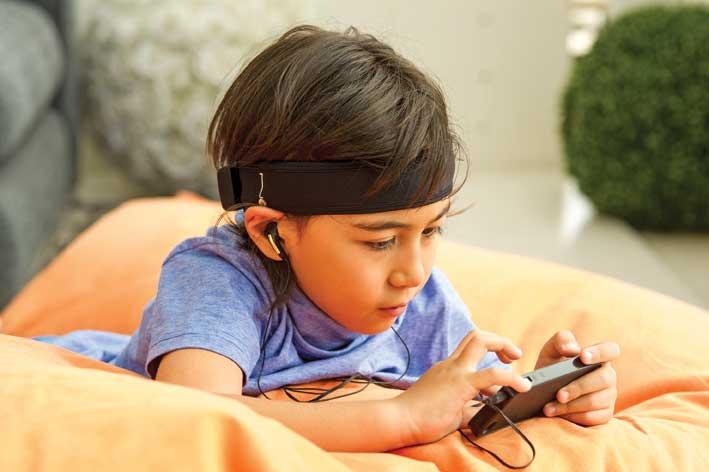
Neurofeedback to suppress delta frequencies in autism
Mente is a neurofeedback system for autistic kids that creates personalized binaural beats, to suppress excessive delta frequencies, using auditory pathways in the brain. Delta waves are typically associated with sleep and closed eyes, but autistic people experience high delta wave frequencies while awake. This could be attributed to a feeling of isolation. The company…
-

Curated, enterprise-wide, health app prescription system
Mount Sinai Health System (with 7,100 physicians) has launched RxUniverse, an enterprise wide, curated app prescription system. Included apps have have been evaluated based on published evidence, to help physicians utilize digital health solutions, with an increased level of safety. A pilot platform was launched throughout five clinical areas at Mount Sinai earlier this year. Physicians…
-
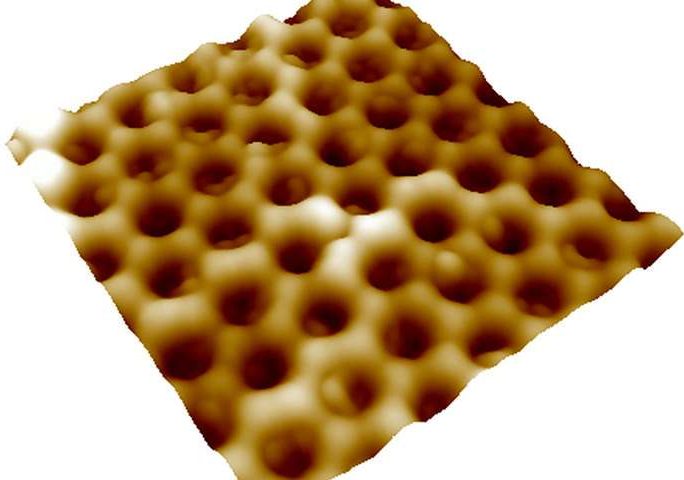
Fully transparent, glucose monitoring contact lens
Oregon State’s Greg Herman has developed a transparent sensor to monitor glucose (via tears) in a contact lens. The device could also be used to control insulin infusions, by transmitting real-time data to a pump. Similar technology has been developed by Google, although their lens is not (currently) fully transparent, and Noviosense, which requires a…
-
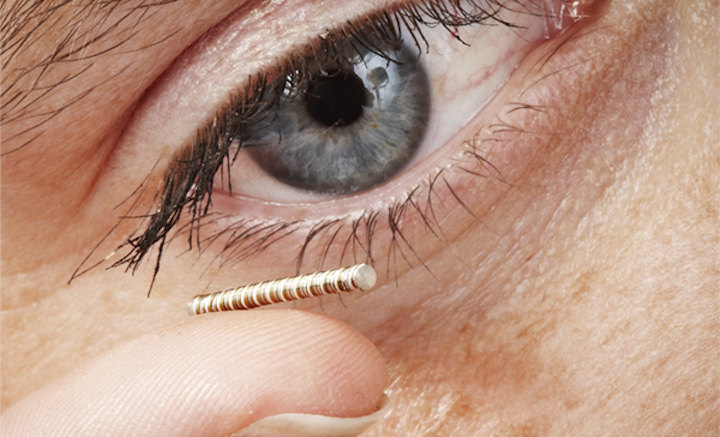
Non-invasive tear sensor continuously monitors glucose
Noviosense is a flexible sensor glucose monitor, worn in a lower eyelid. The wireless, battery-free wearable tracks glucose levels in tears, and continuously sends measurements to one’s phone. One of three electrodes is coated with an immobilized enzyme, which converts glucose into gluconic acid, leaving the co-enzyme FAD reduced to FADH. An oxygen molecule oxidizes the…
-
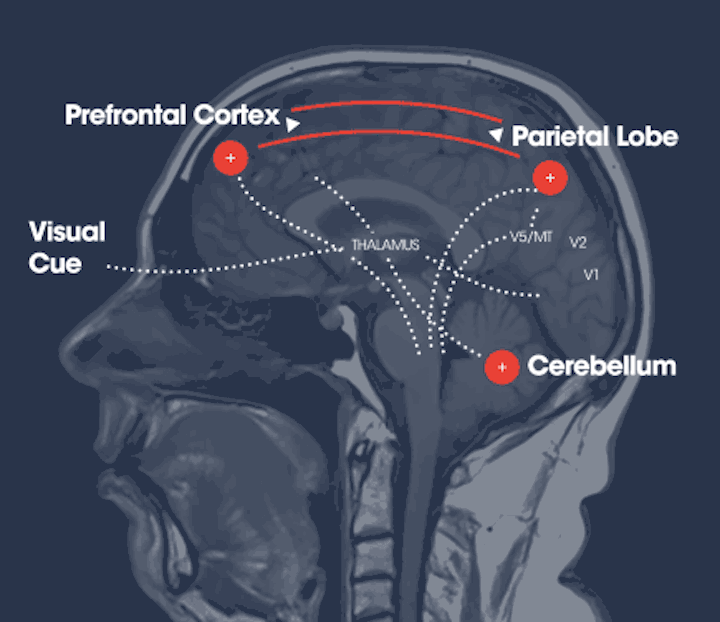
Eye tracking + VR to improve brain injury diagnosis, track recovery
Eye tracking technology, combined with VR, is proliferating, with myriad medical, gaming, and education applications. SyncThink uses eye tracking, built into an Oculus Rift, to detect if a person has the ability to keep the eyes synced with moving objects, to determine brain injury and track recovery. The company has been granted 10 patents, for eye-tracking hardware, and…
-

Optogenetics + CLARITY to understand, treat mental illness, addiction
Allen Institute President Christof Koch “likens (Professor Karl) Deisseroth to Galileo, whose early improvements of the telescope afforded a huge advance in our understanding of the cosmos.” (New Yorker profile, 2015) Professor Deissoroth will discuss his pioneering methods of understanding and treating the brain at ApplySci’s Digital Health + NeuroTech Silicon Valley conference, on February…
-
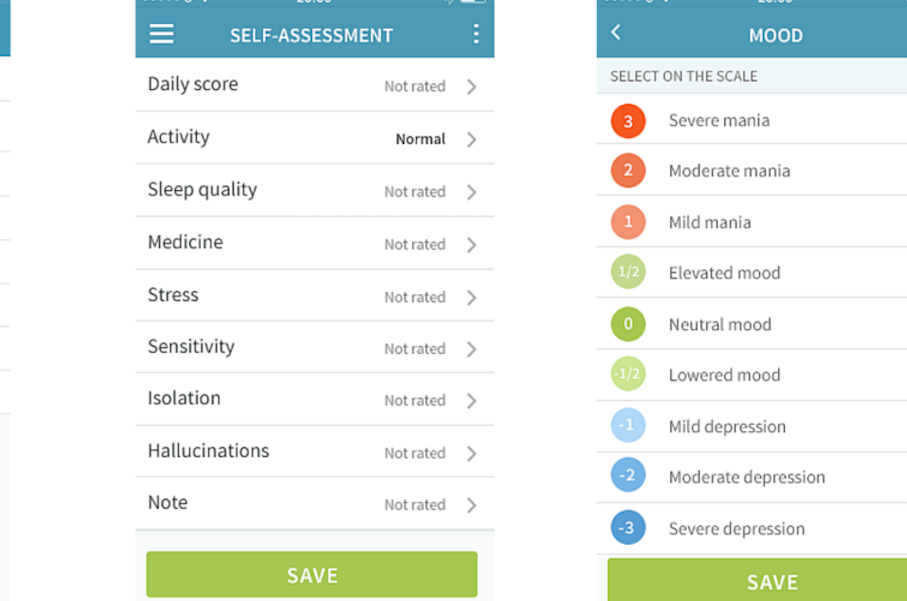
Mental illness symptoms self reported, empowering patients and alerting caregivers
Monsenso is an app created to help those who suffer from mental illness gauge their own symptoms. ApplySci applauds this and other attempts to empower the patient (as long as privacy is protected), which in itself could produce positive outcomes. Data is continuously sent to clinicians, and emergency interventions are facilitated. Monsenso users complete…
-
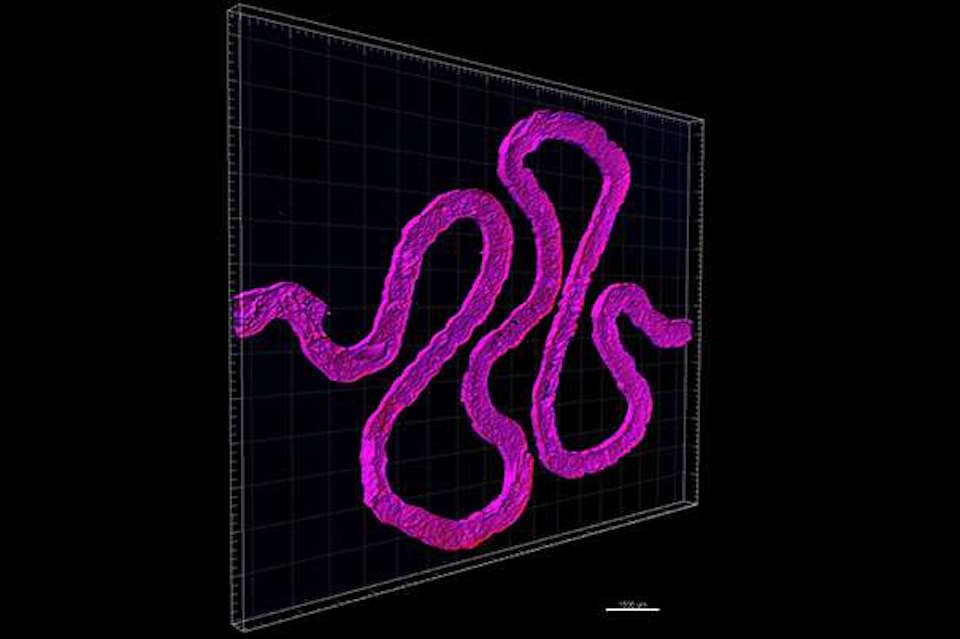
3D printed renal architecture
Harvard’s Jennifer Lewis and Roche’s Annie Moisan have used 3D printing to fabricate a small but critical subunit of a kidney. The renal architecture contains living epithelial cells. Earlier bioprinting approaches were adapted to form thick tissues. A 3D-printed silicone gasket was used to cast an engineered extracellular matrix as a base layer. “Fugitive ink” was…
-

BCI for astronaut equipment control, ground communication
The China Astronaut Research and Training Center and Tianjin University are developing a BCI system to allow astronauts to control spacecraft equipment with their thoughts. Brain impulses will be translated into words, to operate instruments and communicate with ground control. The system will be tested by astronauts in space, and information is currently displayed at the International Simulation…
-
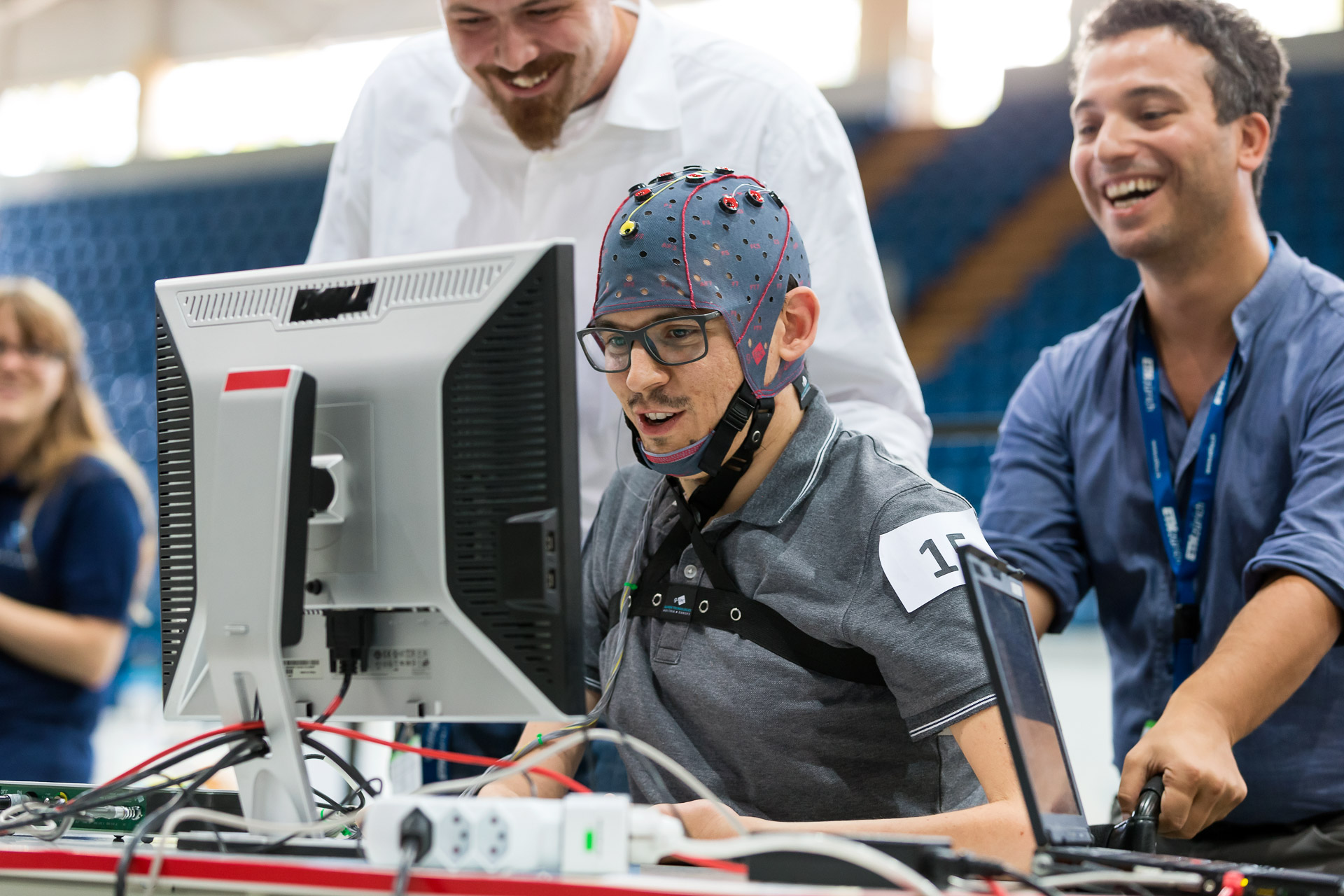
“Cybathlon” features robotic exoskeleton, BCI competitions
ETH professor Robert Riener‘s first Cybathlon will feature competitions using robotic prostheses and brain computer interfaces. Disabled participants will compete in brain controlled races and exoskeleton controlled tasks. Many will include common obstacles, like doors, ramps, and stairs, as the goal is to develop technology to increase independence and make the activities of daily living…
-

Paris Fashion Week: Smart glasses detect runway model stress
Intel has partnered with designer Hussein Chalayan to create smart glasses and belts to detect the stress level of models in his Paris runway show. The glasses have EEG electrodes near both temples, to collect brain waves. The nose bridge includes an optical sensor, to measure heart rate variability, and a microphone, to measure breathing.…
Got any book recommendations?